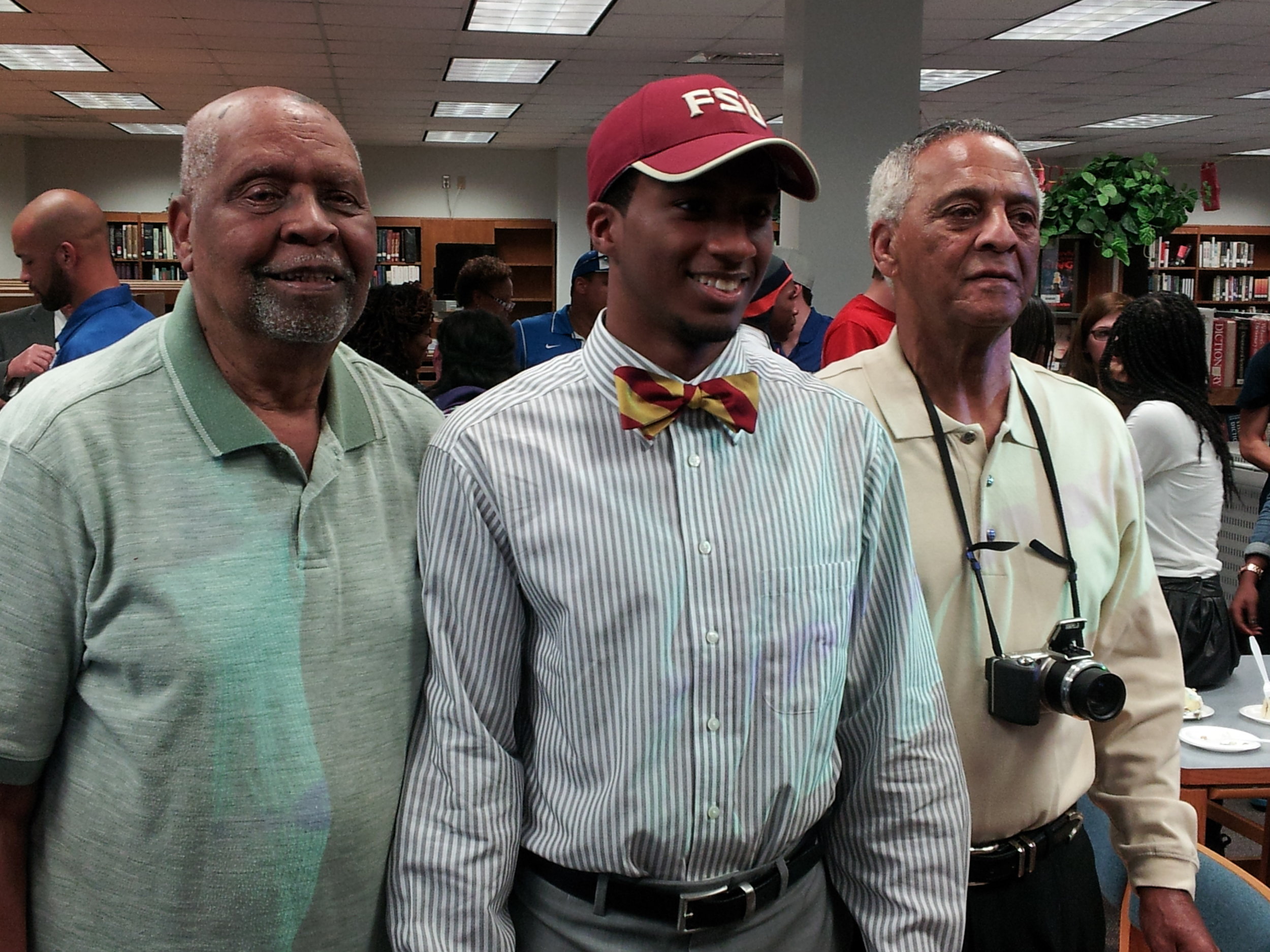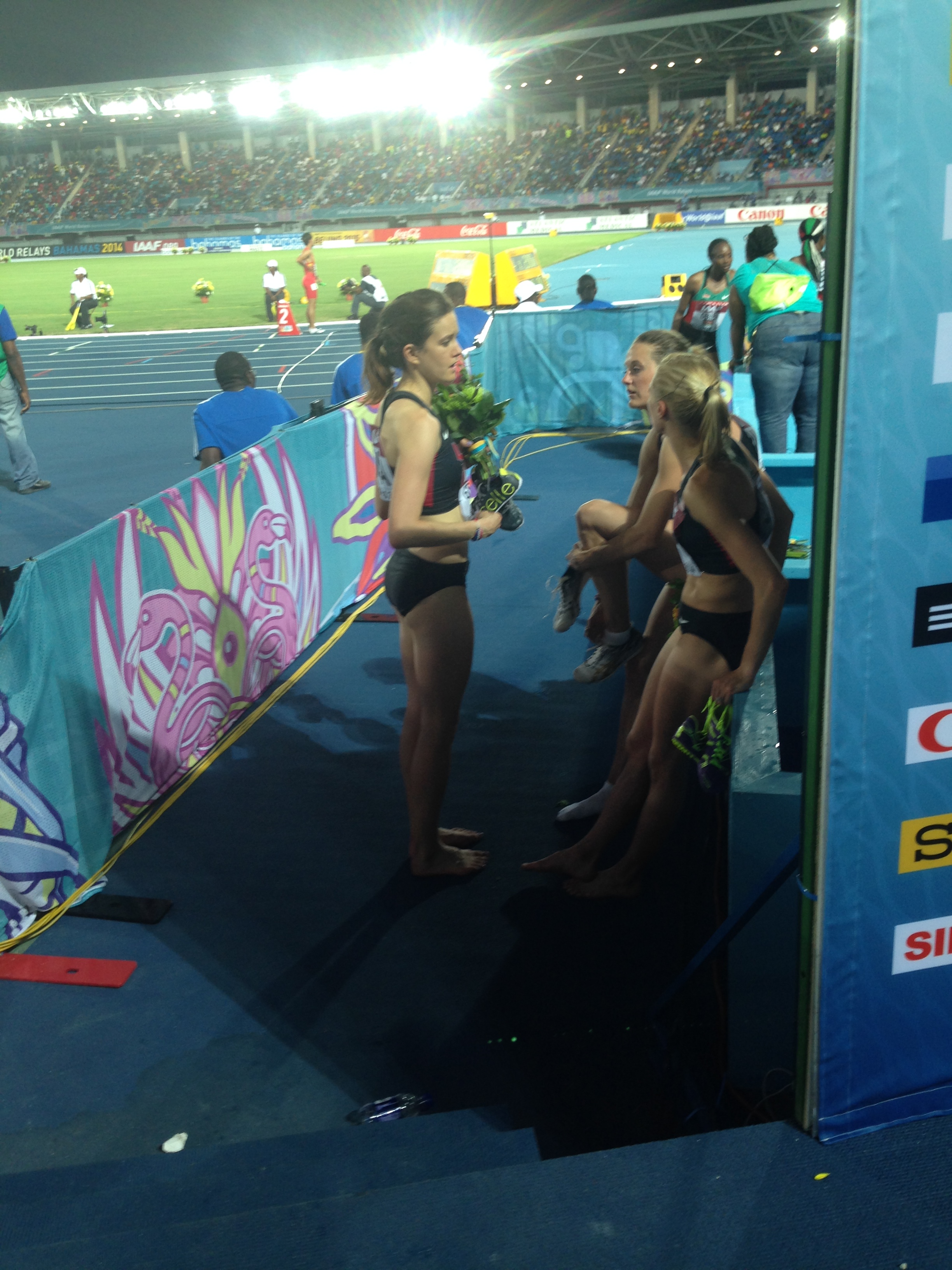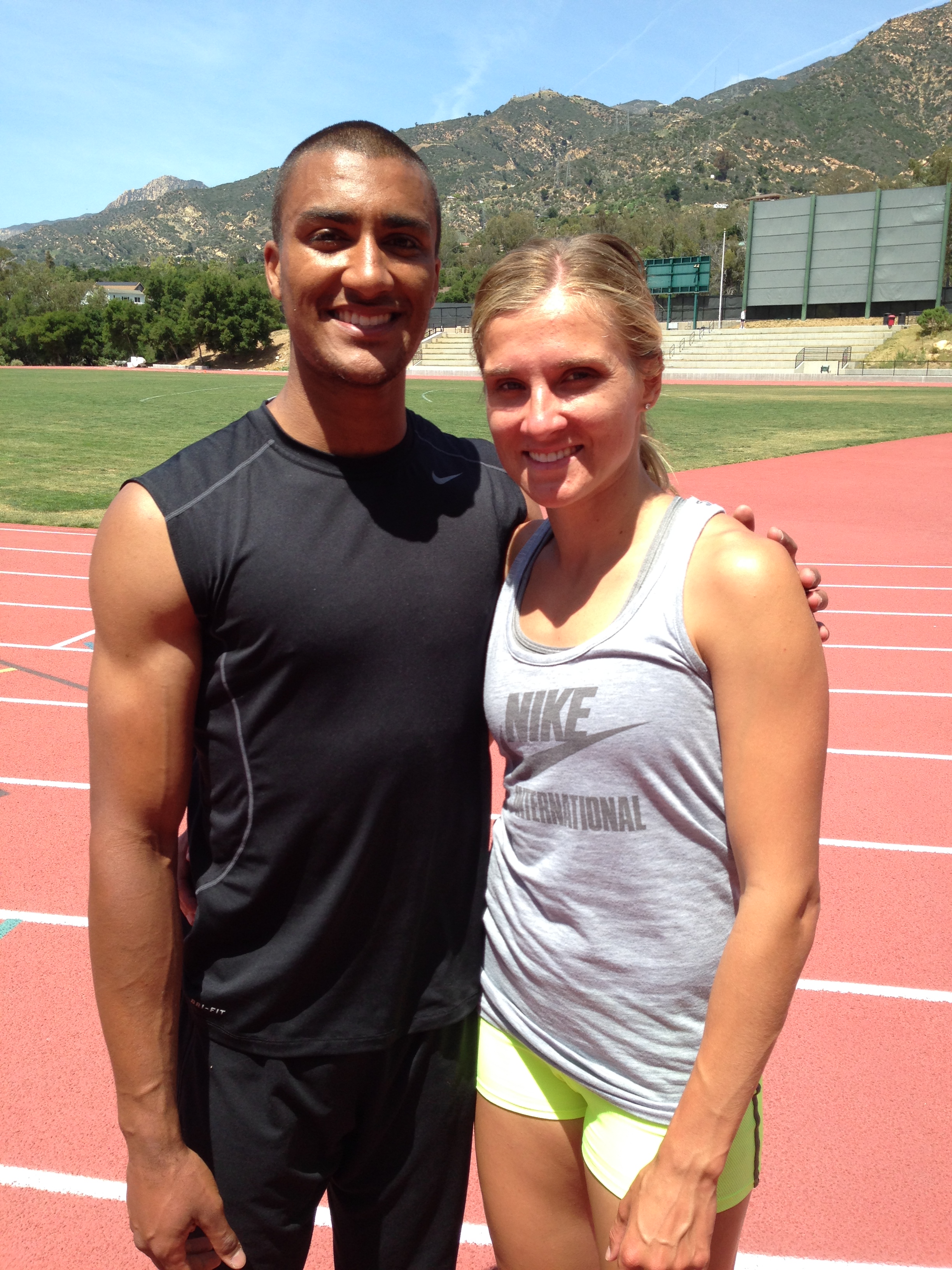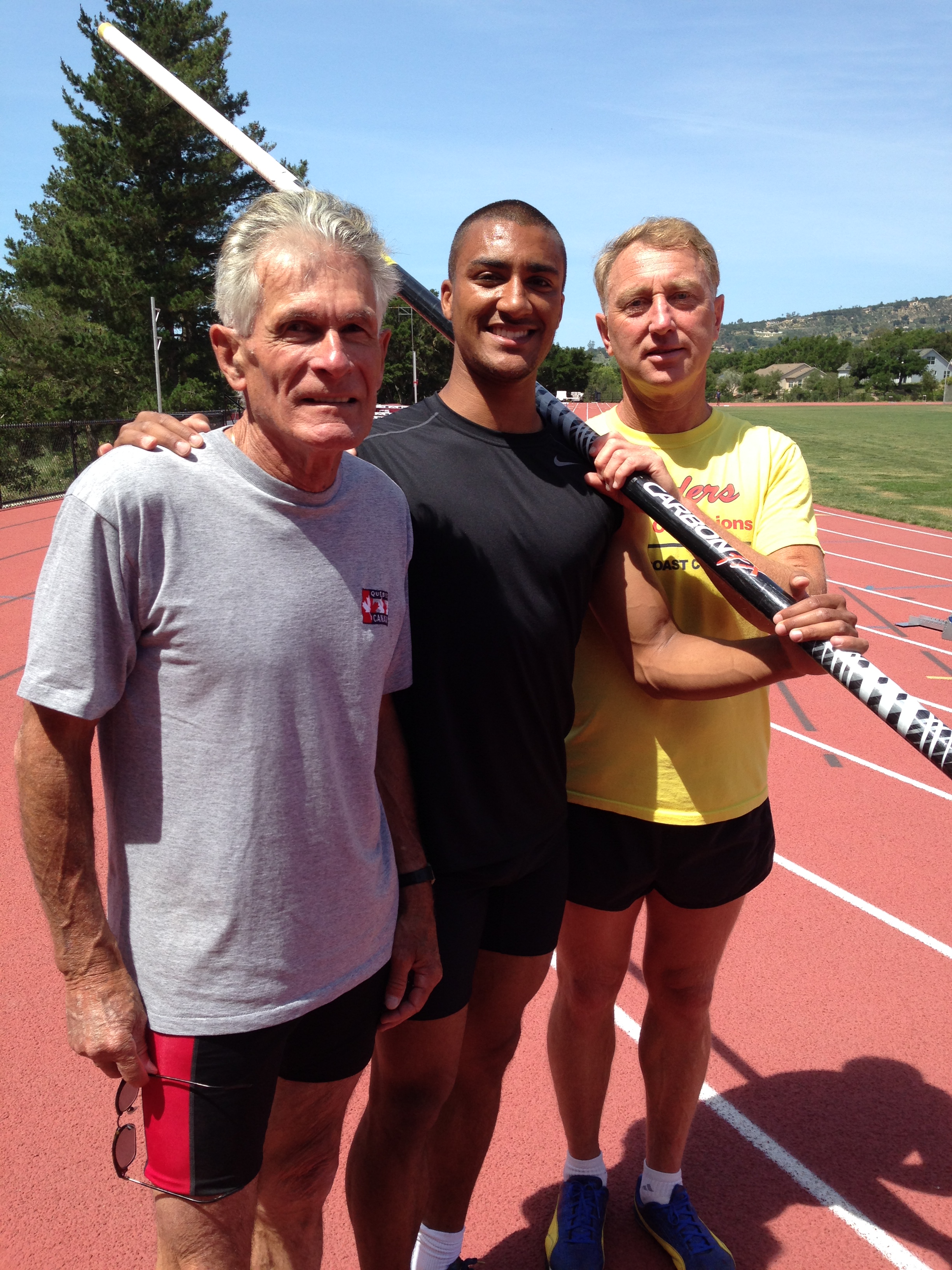The International Olympic Committee’s Winter Games bid 2022 process is, to put it charitably, struggling. Six cities have dropped out. Just two are left, Beijing and Almaty, Kazakhstan. At the very same time, the IAAF’s bid contest for the 2019 track and field world championship seemingly couldn’t be going better. On Friday, an evaluation commission, headed by Sebastian Coe, the 1980s track star who is an IAAF vice president and of course oversaw the 2012 London Summer Games, wrapped up a worldwide tour that took it across the world to the three cities in the race: Barcelona; Eugene, Oregon; and Doha, Qatar.
It’s almost impossible not to compare and contrast, and to wonder what the IAAF is obviously doing so right.
Because it’s not just 2019.
The 2013 world championships were in Moscow, at Luzhhniki Stadium, site of the opening and closing ceremonies of the 1980 Summer Olympics; 2015 will be in Beijing, back at the Bird’s Nest; 2017 in London, at Olympic Stadium. There’s a good case to be made that the 2021 worlds will likely fall in Tokyo, to make use of the new Olympic Stadium there after the 2020 Games.
Absolutely, the IAAF is not perfect. Far from it. The 2013 worlds, in particular, were marked by attendance woes early in the championships. The 2011 worlds were in Daegu, South Korea, hardly one of your must-see tourist hot spots.
But even significant glitches such as these have hardly stopped some of the world’s great cities from lining up to bid for what is, after the Summer Games and FIFA’s World Cup, indisputably one of Olympic sport’s glamour events — a nine-day run featuring some of sport’s great stars, including the likes of sprinters Usain Bolt of Jamaica and American Allyson Felix and the French pole-vaulter Renaud Lavillenie.
If 2011 was in Daegu, remember, 2009 was in Berlin, at historic Olympic Stadium. And it was in 2009 in Berlin, on the blue track, that Bolt ran his signature world records: 9.58 in the 100, 19.19 in the 200.
Even the United States wants in for 2019, with Eugene launching the first American bid since Stanford’s 1999 and 2001 unsuccessful efforts.
No way Eugene is one of the world’s great cities. Absolutely it is one of the world's great college towns. It is also home to one of the most famous track facilities anywhere, venerable Hayward Field. This summer, it put on the IAAF junior championships.
Barcelona of course staged the 1992 Summer Olympics. More recently and relevantly, it played host to the 2010 European track and field championships and the 2012 IAAF juniors.
Doha put on the 2010 IAAF world indoors. It finished second, behind London, in the race for the 2017 outdoor worlds, and is due in the coming months and years to host any number of other championships, including short-course swimming (December), team handball (early 2015), gymnastics (2018) and, certainly, soccer’s World Cup in 2022.
Barcelona assuredly can count on support from track and field’s European center; Eugene would refurbish “iconic” Hayward; Doha would present the championships not in August but in late September and early October and, moreover, run the marathon at night under floodlights, conjuring up memories of Abebe Bikila at the Rome 1960 Summer Games.
To be clear, there are manifest differences between an Olympic Games and a track and field world championships.
An Olympics features multiple world championships all going on at the same time; an IAAF worlds is just one. An Olympics runs for 17 days; an IAAF worlds, only the nine. And so on.
Even so, an IAAF worlds — especially in comparison to a Winter Games — is still a pretty darn big deal. There were roughly 2,850 athletes from 89 countries at the Sochi 2014 Olympics. Moscow 2013, meanwhile, saw 1,974 athletes from 206 nations.
To underscore: a track world championships typically means an assembly of more nations than anywhere but a Summer Olympics.
The track championships are hugely international but manageable, not the sort of thing that requires a city or nation to undergo a perceived onerous investment. In short, it doesn’t cost, just to pick a number out of the blue sky, $51 billion.
Which everyone knows is what a Winter Games costs, right?
Oh, wait.
The IOC now stands poised in Monaco at an all-members session in December to assess president Thomas Bach’s review and potential reform session, dubbed “Agenda 2020.” That $51 billion figure, widely associated with the Sochi Games, is the number believed to have played a role, big or small, in scaring off the six cities now out of 2022 — Lviv, Stockholm, St. Moritz/Davos, Krakow, Munich and, most recently, Oslo.
Of course It’s more than that.
It is absolutely the case that in this last year of his presidency, the IAAF, under Lamine Diack, is in something of a holding pattern. It is also undeniably true that over the past 15 years track and field has seen more than its fair share of doping-related scandals, some involving its biggest stars.
The latest, which dropped Friday: a reported positive A test for Kenya’s Rita Jeptoo, winner the last two years of both the Boston and Chicago marathons.
None of this, however, has stopped cities from wanting its biggest event — including the robust campaign going on now for 2019.
Why? Because for all its flaws, and there are many, track and field is and forever will be the sport, the one nearly everyone can do, the one that despite its highly professionalized nature remains the “vintage” sport — if you will — of the movement.
It is, despite everything, elemental.
All of this is part and parcel of the underlying contest within the 2019 contest, which all involved with track and field are keenly aware — one for 2019, the other the looming contest for the IAAF top job.
Coe has been the point man for the evaluation commission.
Meanwhile, his presumed rival for the IAAF presidency, Ukraine’s Sergey Bubka, the 1980s and ‘90s pole vault star, himself another IAAF vice president who is also a member of the IOC executive board, has been simultaneously traveling the world.
While Coe was in Doha, there was Bubka in Algeria, meeting with top African Olympic and track officials and tweeting about it.
Official dinner hosted by Mr Palenfo. Reporter asks how I feel in #Africa. I feelhere like I'm at home' @ACNOA_ANOCA pic.twitter.com/zRpCFk9Dgw
— Sergey Bubka (@sergey_bubka) October 30, 2014
When Diack -- who is from Senegal -- approached Coe to head the evaluation commission, meantime, close observers took that as an unmistakable signal about what in the world of track and field is what. For his part, through the October tour of Spain, Oregon and Qatar, Coe has stressed time and again that he is fulfilling this role in service to the IAAF.
For those who wondered if this world tour was going to be all about Coe -- no. To reframe Meghan Trainor’s hit song — it’s all about the bids.
To be honest, Coe has to do it this way, all the while being completely upbeat about all three cities — because, at the 2019 election Nov. 18 in Monaco, there is going to be one winner and two who go home empty-handed. Any perceived negativity anytime, anywhere — that wouldn’t serve anyone in that position well for the presidential election next August in Beijing.
This shadow dance is reaching a stage where the two undeclared candidates, Coe and Bubka, should soon be publicly forthcoming about their intentions — perhaps at the IAAF gala in Monaco in November, the same week as the 2019 elections, or soon thereafter.
Which leads back to the IOC.
The fix the IOC has got itself in has to be seen big picture.
When Juan Antonio Samaranch was president, from 1980 until 2001, one of the most clever — and under-appreciated — aspects of his tenure was to “hide” the Games themselves behind the concept of the movement.
The movement was all. The Games, while essential, were simply part of the overarching movement.
Under Jacques Rogge, whose term stretched from 2001 until 2013, this scenario switched.
The Games achieved primacy.
The unintended consequence:
By putting the Games first, the IOC is now increasingly seen worldwide as an event-maker — to take it further, an event-maker in a business where money, not the stories of the athletes, has become a central concern.
This was perhaps unavoidable after Games in Beijing ($40 billion-plus) and Sochi ($51 billion).
Regardless — it is profoundly unfortunate.
Money, though necessary, is not at all the IOC’s mission: it is to move the world forward, little by little, piece by piece, day by day, through one-to-one change via the athletes and the young people of the world. The shorthand for all this is expressed through the key Olympic values: friendship, excellence, respect.
A few voices would be eager — who are even now trying — to say what the IOC is truly about.
Why are those voices not being heard? Because the IOC is an easy target. And because the IOC is not telling its side of the story clearly, concisely or even well.
In politics, especially sports politics, it’s a raw truth that the truth matters — but what matters more is perception.
Perception is what is dragging at the IOC.
The IOC has a chance to effect significant change at that Monaco session, though with Bach announcing recently that bid-city visits by the members won’t be considered anew it’s not clear how far any real reform might stretch.
In the meantime, the IAAF — despite its figurative hurdles — heads into its November election for 2019 in a position of considerable strength. And seemingly poised, with a new generation of leadership at the ready, to grow the sport further.
At the closing news conference Friday in Doha, Coe was naturally asked about 2022, and the many allegations around the soccer tournament there.
“We came here to make a judgment about the worthiness of the city to stage a track and field championships,” he said, “so our focus has been entirely of this city and the other two cities to deliver this championships.
“We haven’t spent, and nor should we spend, any time worrying about other sports and other situations."
Coe praised each of the three 2019 cities. He also said the one that wins will be “the one in position to present the sport in the best possible light,” adding, “We are looking for a city that understands why it wants to host [the championships]."



























